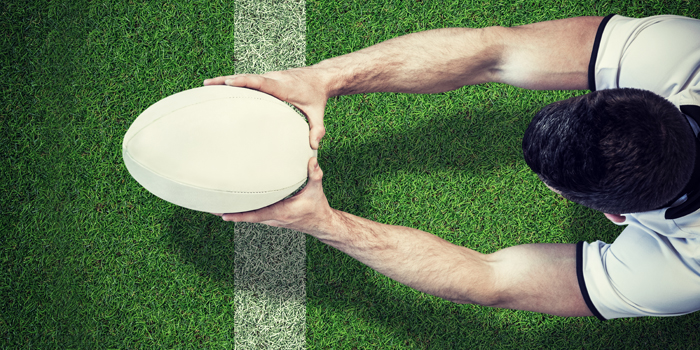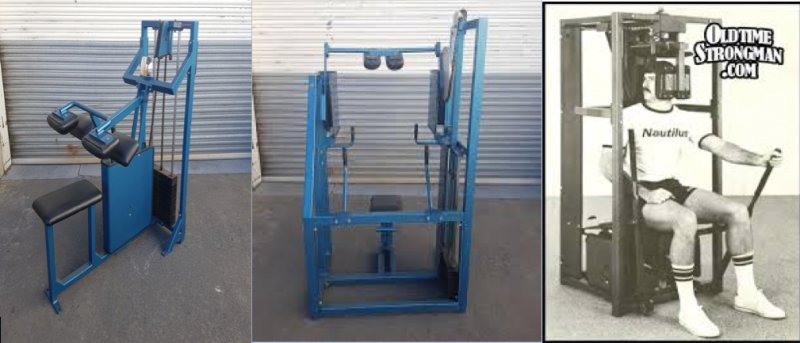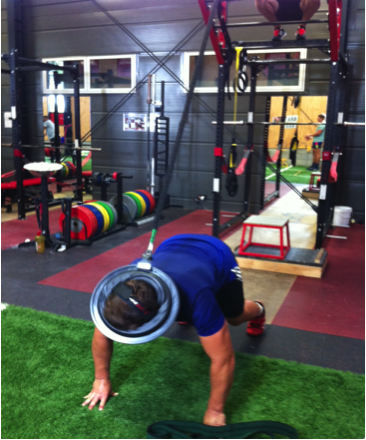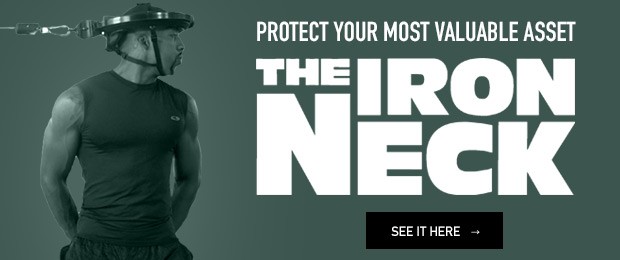
In the 1970s, the Nautilus Sports/Medical Company released a range of equipment specifically designed to strengthen the neck. These were the neck and shoulder (seated shrug), the four-way neck (seated flexion, extension, and lateral flexion left and right) and the rotary neck (seated rotation, looking left to right and vice versa) machines. Of these, the rotary neck is definitely the hardest to find in the marketplace. There are quite a few of the two other original pieces to be found, and many other companies now produce a four-way neck and shrug machine.
It appears now that we have come full circle to find methods to strengthen the neck in order to minimize the risks of concussions taking place and to diminish the effects of “text neck” as a medical condition. In a study by Collins et al (2014) they found that “for every pound increase in neck strength, the odds of concussion decrease by five percent." Additionally, ongoing research at the University of Otago in New Zealand has stated that “stronger necks lead to less accelerations of the head, which leads to less movement of the brain against the skull.”
The average head weighs approximately four and a half to five kilograms (10 to 12 pounds), and as you can see from the graphic below, the weight that the neck musculature must support increases dramatically with the degree of head tilt involved in attending to your phone, hence the importance of balancing this action with at least extension exercises for the head and neck complex. There are many options available to strength and conditioning coaches and trainers to train the neck musculature. There are self-administered isometric holds and working with a partner isometrically or through resisted range of motion exercises. There are neck harnesses for the major neck movements, as well as isometrics holds while performing other movements such as a bent row. There is also a plethora of neck strengthening drills that the sport of wrestling has produced, with wonderful effect, over the years.
Remember, as Louie Simmons and Dave Tate are often quoted as saying, “if the only tool in your toolbox is a hammer, everything becomes a nail.” So while all the movements discussed above have merit and their place in the training toolbox, a new device has entered the playing field that I feel warrants your attention. The Iron Neck, as pictured below in a rugby-specific body position of the athlete, allows a portable device that can be connected to any structure and allows the athlete to perform all the major neck movements in both isometric and isotonic fashion, using both linear and rotational resistance at varying degrees. I am currently trying it out with a rugby team and will use it as a part of the strength program for developing neck strength. I will also be taking it to the field and using it as a specific warm-up or primer for players prior to contact sessions or scrimmaging sessions. Nate Harvey provides five standard movements that are sport-specific here.
A program should include full range of movement shrugs to augment any specific neck training. This should be performed with a range of grips and using dumbbells, kettlebells, straight bars, and trap bars, and often combined with a farmer's walk as well. I like to incorporate wrestling drills for the neck with contact sessions on the field but will always get a wrestling coach to teach these with the players. I do like to program the four-way neck into an overall neck strengthening protocol since I believe that variety of stimulus is very important for long-term compliance. My greatest wish, though, is that we educate our players to such an extent that The Iron Neck becomes part of the “tools of the trade” for contact athletes and that they have their own, as part of a professional approach, to not only performance but also long-term health and welfare.














Cheers,
Mike
Samoa Rugby Neck Conditioning Program
Level One Programming
Banded Look Aways 2 x 15 reps each side
Plate Neck Flexion on Bench 2 x 10 reps
Plate Neck Extension on Bench 2 x 10 reps
Samoa Rugby Neck Conditioning Program
Two Level Programming
Supine Wrestler’s Bridge – Can support with hands on floor
3 x 15 seconds
Prone Wrestler’s Bridge – Can support with hands on floor
3 x 15 seconds
Lateral Neck Bridge Against Wall 3 x 30 seconds
Samoa Rugby Neck Conditioning Program
Level Three Programming
Flexion, Extension, Lateral Flexion in Head stand
3 x 5 reps in each direction
Head Supported Plank in Prone 3 x 30 seconds
Head Supported Plank in Supine 3 x 30 seconds
Cheers and thank you for a excellent contribution to the discussion, ashley